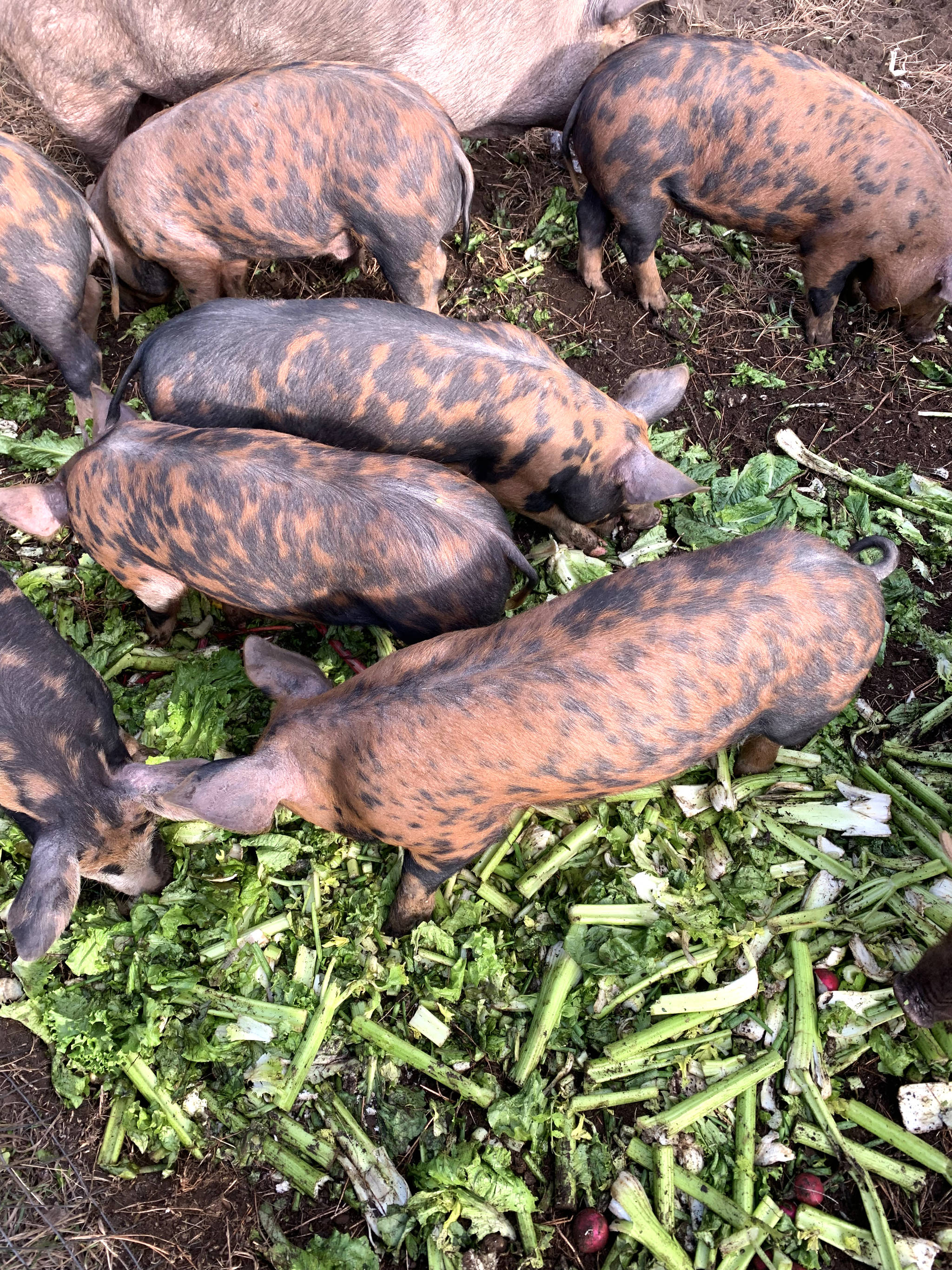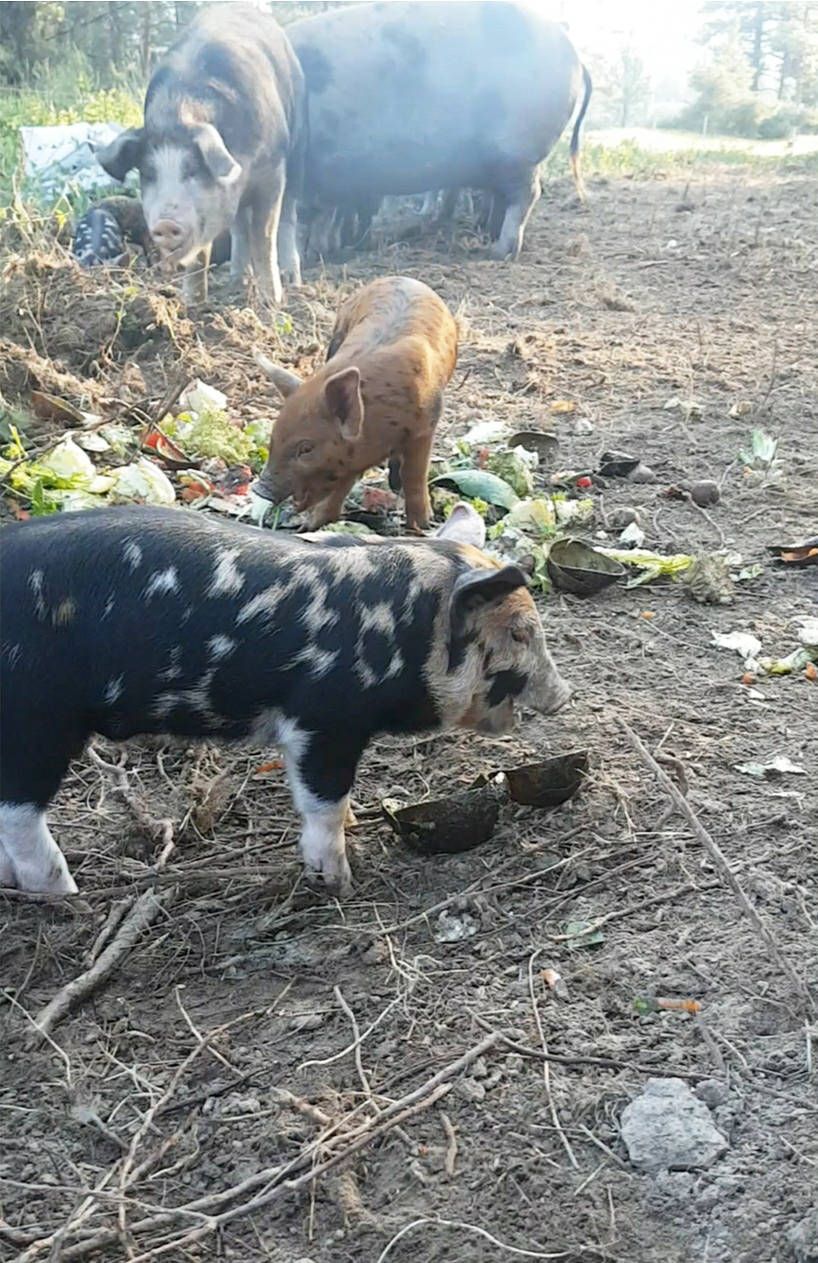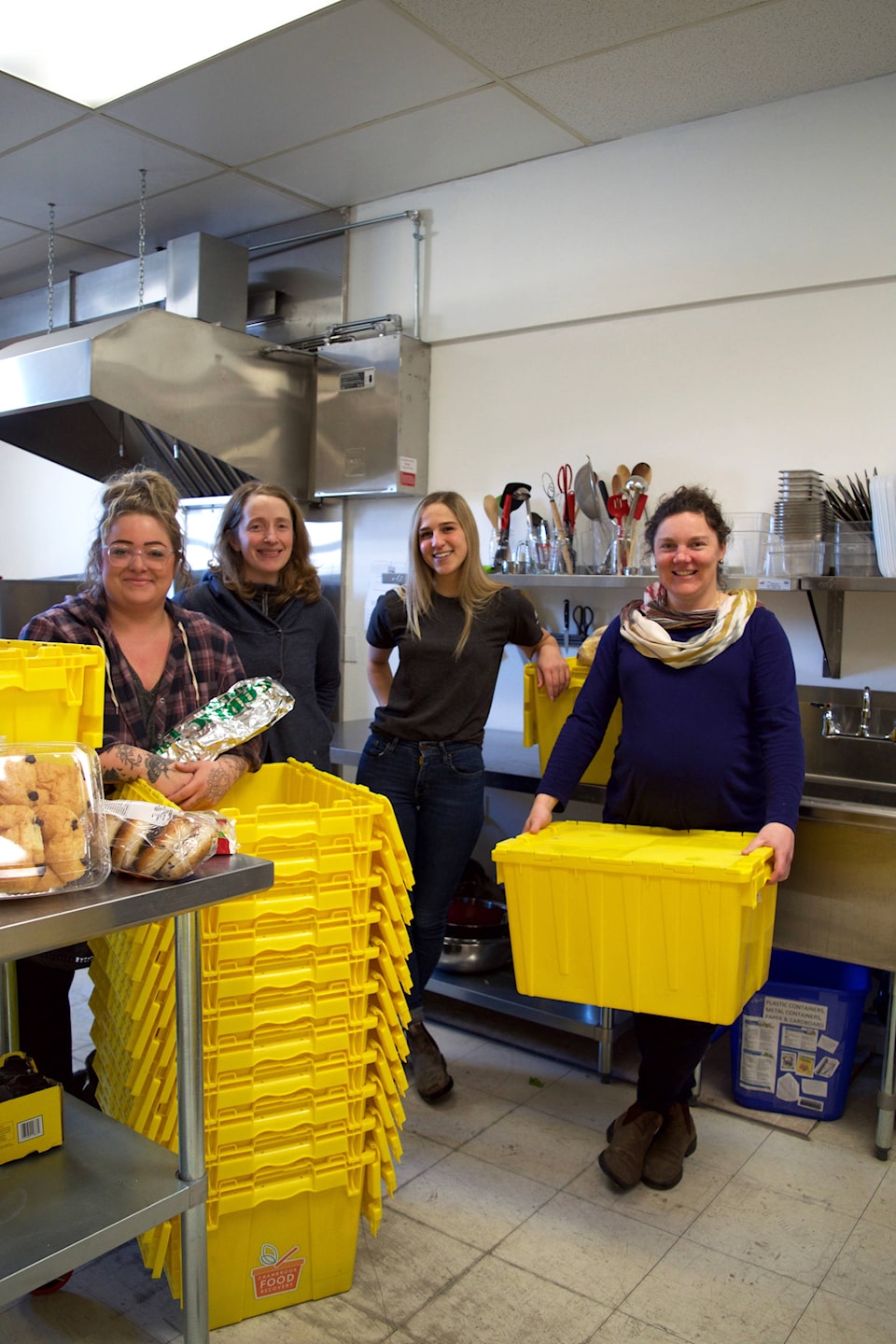The Cranbrook Food Recovery program is celebrating success, having diverted over 100,000 pounds of food from the landfill in the first eight months of operation.
In June of last year, the Food Recovery program began collecting food from local grocers and bakeries. They pick up unsold food and divert it to community groups who serve people in need. They operate 364 days a year to connect food to those who need it most.
They program provides food to eight different charitable organizations and six different schools. The program works with Auntie Barbs Bakery, Save on Foods, Cobs Bread, Community Connections, Food Mesh, Cranbrook Food Bank Society, SD5, Street Angels, Salvation Army, Columbia Basin Trust, the Regional District of East Kootenay and Bayer.
The team at Cranbrook Food Recovery has logged over 300 hours of volunteer time, donated $191,021 in value to charities and provided over 24,000 pounds of animal feed to local small-scale farmers.
READ MORE: Cranbrook coalition aims to increase food recovery
The Food Recovery Program runs out of the Farm Kitchen, which is a shared-use kitchen that supports food-focused entrepreneurs. Not only is the Farm Kitchen a rentable kitchen space, but they also host an array of classes, workshops and events.
Meredith Funston, Coordinator of the Cranbrook Food Recovery, explained that the recovery program and the Farm Kitchen are separate projects run under an umbrella agency, the Community Connections Society.
“Our baseline mandate is to keep food out of the landfill, but we also want to support local programming,” explained Funston.
“Before we started, some of these organizations were already working with the grocery stores. We wanted to be able to help, logistically, with the goal of a single point of contact. We’re able to occupy that niche and simplify things for both parties,” Funston explained.
Dave Burki, Assistant Manager at Cranbrook Save On Foods, says that the shared goal is diverting edible food from landfills and increasing the quality of food for local programs.
“The food that we would otherwise be throwing out, because of expiry dates or quality control, is now being used. We couldn’t ask for a better program. It’s a really good initiative and something we’ll keep doing. We hope even more people can get on board,” said Burki.
Funston says that another benefit of the food recovery program is being able to ensure that food is kept safe and cold until it is distributed.
The Farm Kitchen does just that. The kitchen provides a space for local Farmers’ Market vendors to be able to prepare and store their food in an inspected kitchen, which is a requirement of selling.
“When we first started, we thought, how can we support local growers?” said Sophie Larsen, Coordinator of the Food Kitchen. “We have a commercial cooler which can be rented by the hour. This provides growers with a space to store their food and produce, as opposed to having to [harvest] it every day before it’s sold. We also host workshops; we want people to be able to connect with their food.”
There are also close to ten farmers that pick up food through the recovery program to use as animal feed. All of the farmers operate small-scale or hobby farms in the area.
Kristin Garratt, a local teacher and small-scale farmer says that the program provides an excellent food source for her animals, especially during the winter months.
“We have focused our efforts to keep the food out of the landfills to reduce greenhouse gas emissions,” said Garratt. “It is surprising how much packaging is used for fresh food. The program allows us to maintain a nutrient-dense food source for our animals throughout the winter and the pigs love the treat!”
The food recovery program has six part-time staff members and 11 volunteers, but they are always looking for more volunteers to help out. The program is supported through grants, in-kind support and community donations.
For example, a local videographer named Mark Loki recently donated his time and expertise to create a video for the Food Recovery program.
“We’re grateful to him for that,” said Funston, adding that they are always happy to welcome new volunteers.
“Ideally [volunteers] are able to commit to a weekly shift, wether it’s one day a week or more. We also encourage taxable donations from local businesses, which ensures that we are able to continue operating and supporting community groups,” Funston explained.
She went on to say that the Regional District of East Kootenay’s plans for a regional composting program will also help to divert what little is left after everything gets distributed.
“Once that program rolls out, the very small percentage of organics that is left will go to the regional organics and composting program,” said Funston. “We’re thrilled about that opportunity. [The food recovery program] feels like a really helpful program and it’s great to be able to support the community and have less waste in our landfill.”


